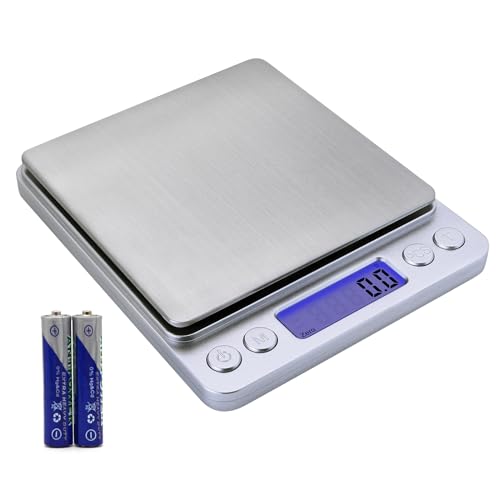I was doing some reading in the book "Soaps and Proteins" by Martin Fischer, published 1921, as I was thinking about this topic.
You know how you all were having to add amazing amounts of water to your NaOH soaps to get them to form a pourable liquid?
It turns out Fischer was intrigued by this very thing. He did some experiments looking at how much water can be absorbed by a pure soap (a soap made with just one fatty acid) before it turned from a non-pourable gel into a pourable liquid.
He reported that he had to add a whopping 88 grams of water to 1 gram of pure sodium stearate (soap made with stearic acid) before the soap finally started to turn from a gel to a liquid.
Sodium palmitate absorbed 72 grams of water, sodium myristate absorbed 48 grams, and sodium laurate soaked up just 18 grams.
Susie and Rhonda added ridiculous amounts of water to the soaps they made for this thread, and still had trouble with the soaps not staying fluid. Since their soaps were made with CO (mostly myristic, lauric), castor (ricinoleic), and veg shortening/lard (mostly palmitic, stearic), their findings are similar to Fischer's.
By contrast, sodium oleate (soap made with oleic acid) and sodium linolate (soap from linoleic acid) absorbed a mere 3 grams of water per gram of soap before these soaps started to turn into pourable liquids.
edit: That may be why Dawn and I are seeing reasonable results by turning our NaOH olive oil soap bars into LS -- olive is mostly oleic acid. Dawn said (speaking here from memory) that she diluted 1 part soap with 4 parts water. That is pretty darn close to Fischer's 3:1 dilution. I diluted 1 part soap with 9-10 parts water which is much higher rate of dilution. Maybe my olive oil had a higher % of stearic and palmitic than Dawn's? Not sure, since I can't analyze the fatty acid content of a fat.

roblem:
Fischer's results seem to reinforce our results and my guesses about what fats may work best for an NaOH liquid soap.










































